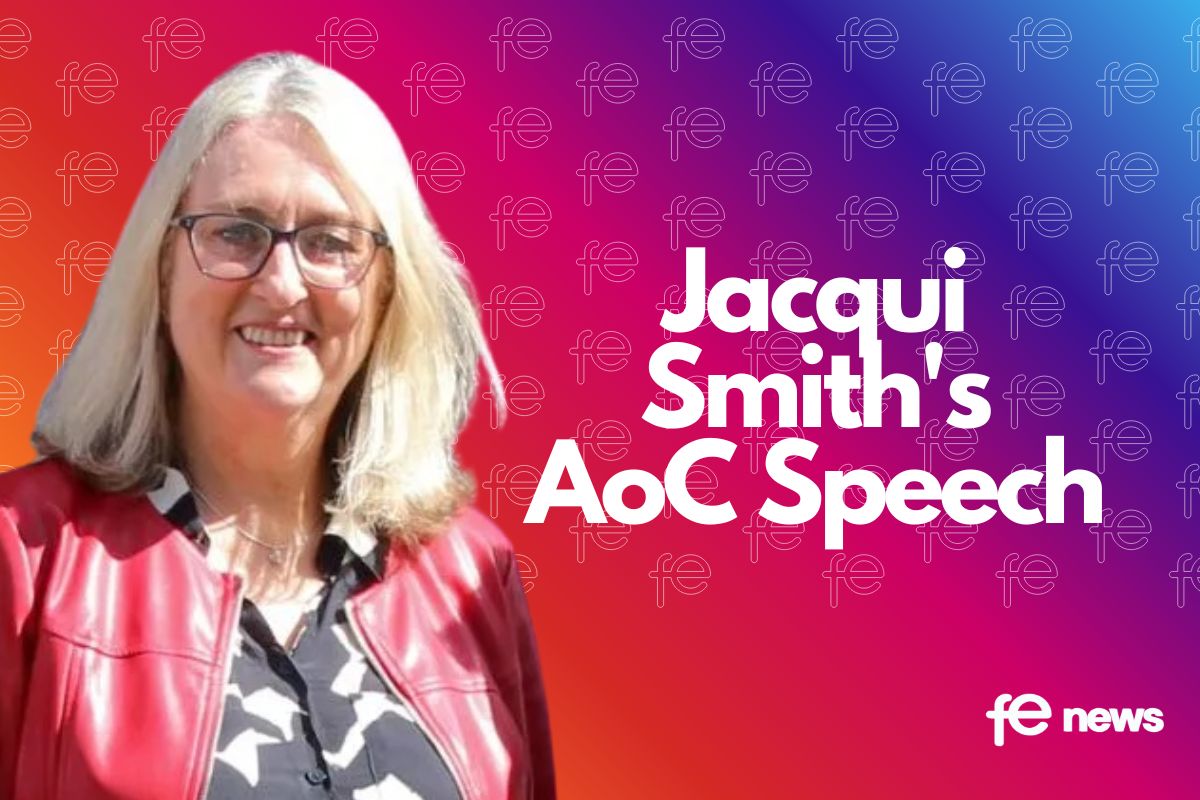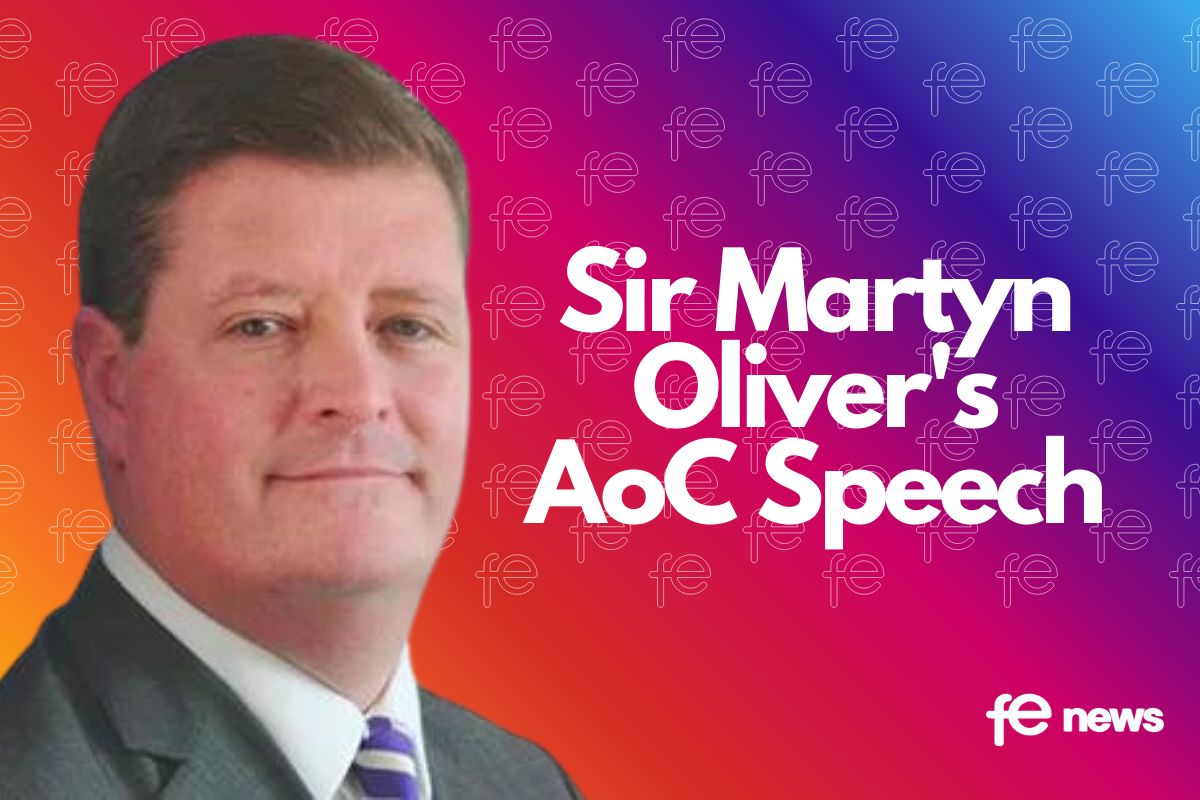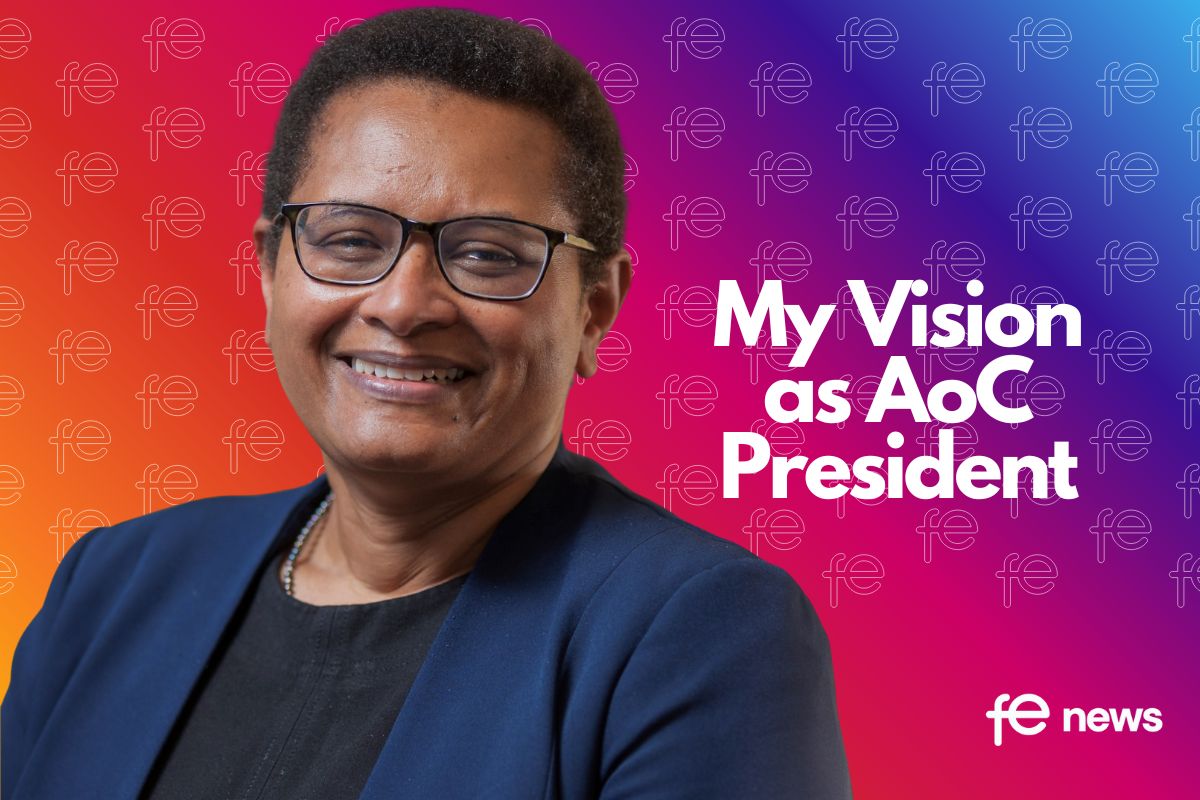National Living Wage increase raises income of low-paid workers

National Living Wage and National Minimum Wage rates increased today (1 Apr).
The National Living Wage (NLW) increased on Wednesday 1 April to £8.72, giving a pay rise to thousands of workers at the frontline of the UK’s response to Covid-19. This rise follows recommendations made to the Government by the Low Pay Commission (LPC) in the autumn. It means the rate reaches the target of 60 per cent of median earnings, originally set by the Government in 2015.
In the 11 March Budget, the Government confirmed its ambition for the NLW to continue increasing towards a new target of two-thirds of median earnings by 2024. It asked the LPC to advise on whether the economic evidence warranted these increases. The LPC will make its recommendations to Government on the 2021 National Minimum Wage rates in October.
Bryan Sanderson, Chair of the Low Pay Commission, said:
Many of the nation’s key workers – in, for example, the care sector, agriculture, transport and retail – are low-paid, are continuing to work in very difficult conditions and will benefit from today’s increase. At the same time, the Government has introduced a comprehensive package of support for employers to lessen the impacts of these extraordinary circumstances.
Under our new remit, the Government asks us to monitor the labour market and the impacts of the National Living Wage closely, advise on any emerging risks and – if the economic evidence warrants it – recommend that the government reviews its target or timeframe. This is what the Government refers to as the ‘emergency brake’. The ongoing Covid-19 pandemic clearly represents a very challenging set of circumstances for workers and employers alike, and will require us to review whether the emergency brake is required when we next provide our advice to the Government. This advice will be crucially dependent as always on the economic data we receive.
The LPC has published a short report looking at the NLW’s path to the 60 per cent target and outlining how we will approach the new two-thirds target.
This report does not set out a pathway to the new target, given the uncertainty over the current and future state of the labour market.
The other rates of the National Minimum Wage will also increase alongside the NLW.
| Previous rate | Current rate from 1 April 2020 | Increase | |
|---|---|---|---|
| National Living Wage | £8.21 | £8.72 | 6.2% |
| 21-24 Year Old Rate | £7.70 | £8.20 | 6.5% |
| 18-20 Year Old Rate | £6.15 | £6.45 | 4.9% |
| 16-17 Year Old Rate | £4.35 | £4.55 | 4.6% |
| Apprentice Rate | £3.90 | £4.15 | 6.4% |
| Accommodation Offset | £7.55 | £8.20 | 6.4% |
The LPC originally submitted its recommendations in October 2019. The Government announced its acceptance of those recommendations on 31 December 2019. The LPC’s 2019 Report, which sets out the evidence underpinning its recommendations, was published on 10 January.
The National Living Wage (NLW) is the statutory minimum wage for workers aged 25 and over. Different minimum wage rates apply to 21-24 year olds, 18-20 year olds, 16-17 year olds and apprentices aged under 19 or in the first year of an apprenticeship.
The age threshold for the NLW will be reduced from 25 to 23 in 2021, and then further to 21 by 2024. This follows a review of the structure of the National Minimum Wage youth rates and recommendations made by the LPC last autumn.
The NLW was introduced in April 2016 and had a target of 60% of median earnings by 2020, subject to sustained economic growth.
The Government published its remit to the LPC for 2020 alongside the 11 March Budget. This confirmed a new target for the NLW, to reach two-thirds of median earnings by 2024. In the remit, the Government asks the LPC “to monitor the labour market and the impacts of the National Living Wage closely, advise on any emerging risks and – if the economic evidence warrants it – recommend that the government reviews its target or timeframe. This emergency brake will ensure that the lowest-paid workers continue to see pay rises without significant risks to their employment prospects.” The full remit letter is available here.
Rates for workers aged under 25, and apprentices, are lower than the NLW in reflection of lower average earnings and higher unemployment rates. International evidence also suggests that younger workers are more exposed to employment risks arising from the pay floor than older workers. Unlike the NLW (where the possibility of some consequences for employment have been accepted by the Government), the LPC’s remit requires us to set the rates for younger workers and apprentices as high as possible without causing damage to jobs and hours.
The Accommodation Offset is an allowable deduction from wages for accommodation, applicable for each day of the week. In April 2020 it will increase to £8.20 per day, matching a commitment made in 2013 to increase it to the level of the National Minimum Wage.
The National Living Wage is different from the UK Living Wage and the London Living Wage calculated by the Living Wage Foundation. Differences include that: the UK Living Wage and the London Living Wage are voluntary pay benchmarks that employers can sign up to if they wish, not legally binding requirements; the hourly rate of the UK Living Wage and London Living Wage is based on an attempt to measure need, whereas the National Living Wage is based on a target relationship between its level and average pay; the UK Living Wage and London Living Wage apply to workers aged 18 and over, the National Living Wage to workers aged 25 and over. The Low Pay Commission has no role in the UK Living Wage or the London Living Wage.
The Low Pay Commission is an independent body made up of employers, trade unions and experts whose role is to advise the Government on the minimum wage. The rate recommendations introduced today were agreed unanimously by the Commission.
The nine Low Pay Commissioners are:
- Bryan Sanderson
- Professor Sarah Brown
- Professor Richard Dickens
- Kate Bell
- Kay Carberry
- Simon Sapper
- Neil Carberry
- Clare Chapman and
- Martin McTague











Responses